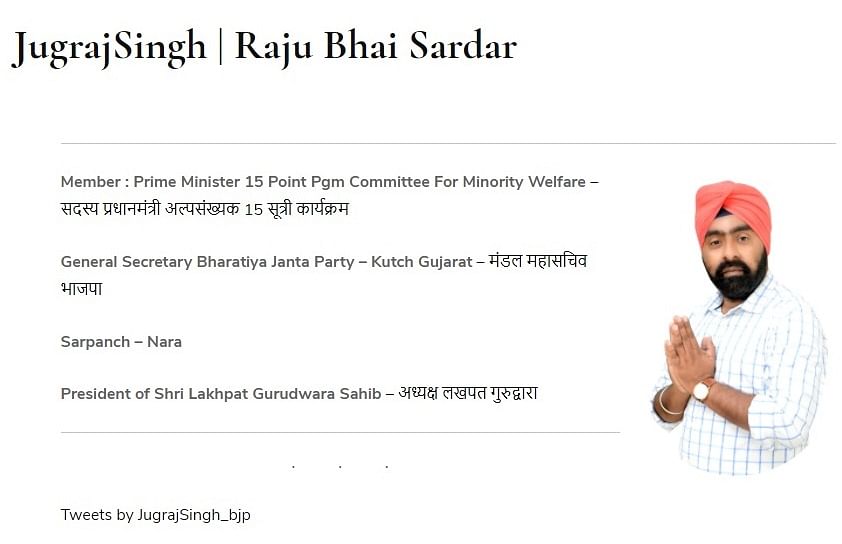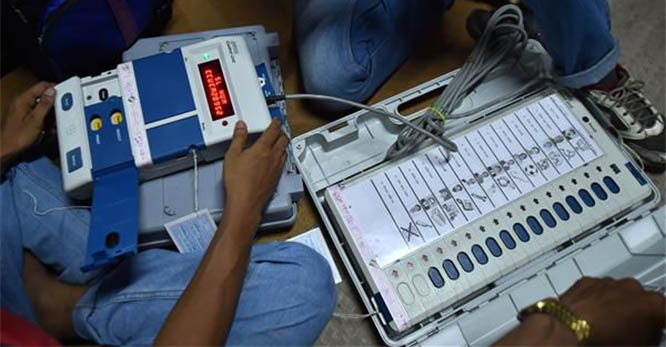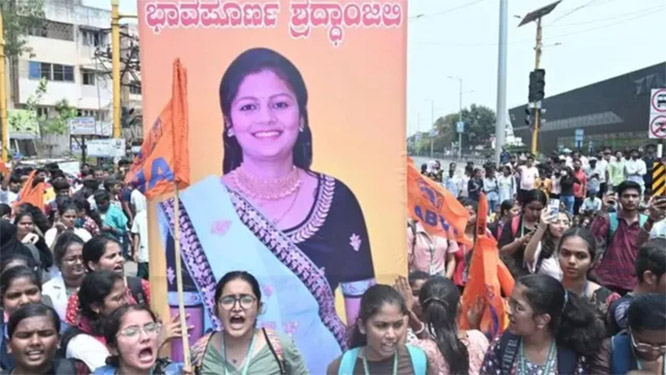
New Delhi, Dec 20: At a time when at least 22 farmers have lost their lives and lakhs of farmers are camping in the deadly winter at various borders around Delhi, demanding the repeal of the contentious farm laws, PM Narendra Modi’s meeting with a delegation of farmers in Kutch, Gujarat dominated the headlines last week.
Media reports said the prime minister met farmers (of his own choice) to dispel their worries and address their grievances regarding farms laws, but it was later revealed after an investigation that it was all lies propagated by the media with an aim to:
Divert the attention from the protest
And to send out a message that PM is not indifferent to the farmers’ plight and protest
An investigation by Junputh (a Hindi website) and NH revealed that those who met the PM during his Kutch visit were BJP activists from Sikh community, not farmers. And the topic of the discussion was not even related to the protest but the construction of a Gurudwara in Lakhpat Taluka in Kutch region.
The person who led the delegation of the so called farmers is BJP general secretary of Kutch zone – Raju Bhai Sardar. Donning an orange turban, Raju Sardar can be seen sitting in front of the PM in the picture tweeted out by the news agency ANI on December 15.
Gujarat: PM Narendra Modi met people from various groups in Kutch, today.
PM Narendra Modi attended the foundation stone laying ceremony of development projects in Kutch today. pic.twitter.com/BvRLk57gsO
— ANI (@ANI) December 15, 2020
While tweeting the picture, ANI and the Twitter handle of the Chief Minister of Gujarat said the prime minister met with various local groups from Kutch, Kutchi women involved in handicraft activities and “Sikh farmers.” Raju Sardar also claimed that he led a delegation of farmers to meet the PM.
During his visit to Kutch, PM Shri @narendramodi, accompanied by CM Shri @vijayrupanibjp, met and interacted with various local groups including Kutchi women active in handicraft activities as well as Sikh farmers who are settled in Kutch. pic.twitter.com/fRIIpYA7oS
— CMO Gujarat (@CMOGuj) December 15, 2020
But when a reporter from the TV news channel Aaj Tak asked one of the farmers about the topic discussed in the meeting, he said that the discussion was focused on constriction of a Gurudwara.
BJP Propaganda alert â ï¸
Koi sharam h ya nhi Jhasaram tumko ya Sharam ko bhi privatise kardiya hoga tumne to kisi tucchi company ko?
You are a PM of this great nation and the nation ashamed of you such a loser you are Narendra Modi
pls go & kwil yourself#CongressForProgress pic.twitter.com/dhRCuuo5fi
— Mechanophilia (@51Mechanophilia) December 17, 2020
Meanwhile, when PM Modi was holding a meeting with the so-called farmers, a group of real farmers were agitating against the farm laws in Kutch. But the news of protesting farmers was completely boycotted by the Gujarati as well as the national media.
Those who know Kutch politics have pointed out that Raju Bhai Sardar’s real name is Jugraj Singh and he belongs to Nara village. A restaurateur, Sardar rose to prominence in BJP’s hierarchy after he led a similar delegation of Sikhs to meet Modi who as Chief Minister of Gujarat was then facing Sikhs’ angst over freezing of land accounts in 2013.
Before becoming zonal secretary of the BJP, Sardar was elected Sarpanch of Nara with active support from the BJP activists.
Nara is known as mini-Punjab of Kutch region due to a large population of Sikh community. In Nara and Kothara villages of this region, Sikh Community dominates the demography.
His website claims that he is a member of a 15-point programme committee for minority welfare. Currently busy with the construction of 18 rooms resort in Lakhpat Sarai, Raju Bhai Sardar also heads the Lakhpat Taluka Gurudwara.








Comments
Shame,these desh drohi British chelas ready to do anything for their self benddifit.
Add new comment